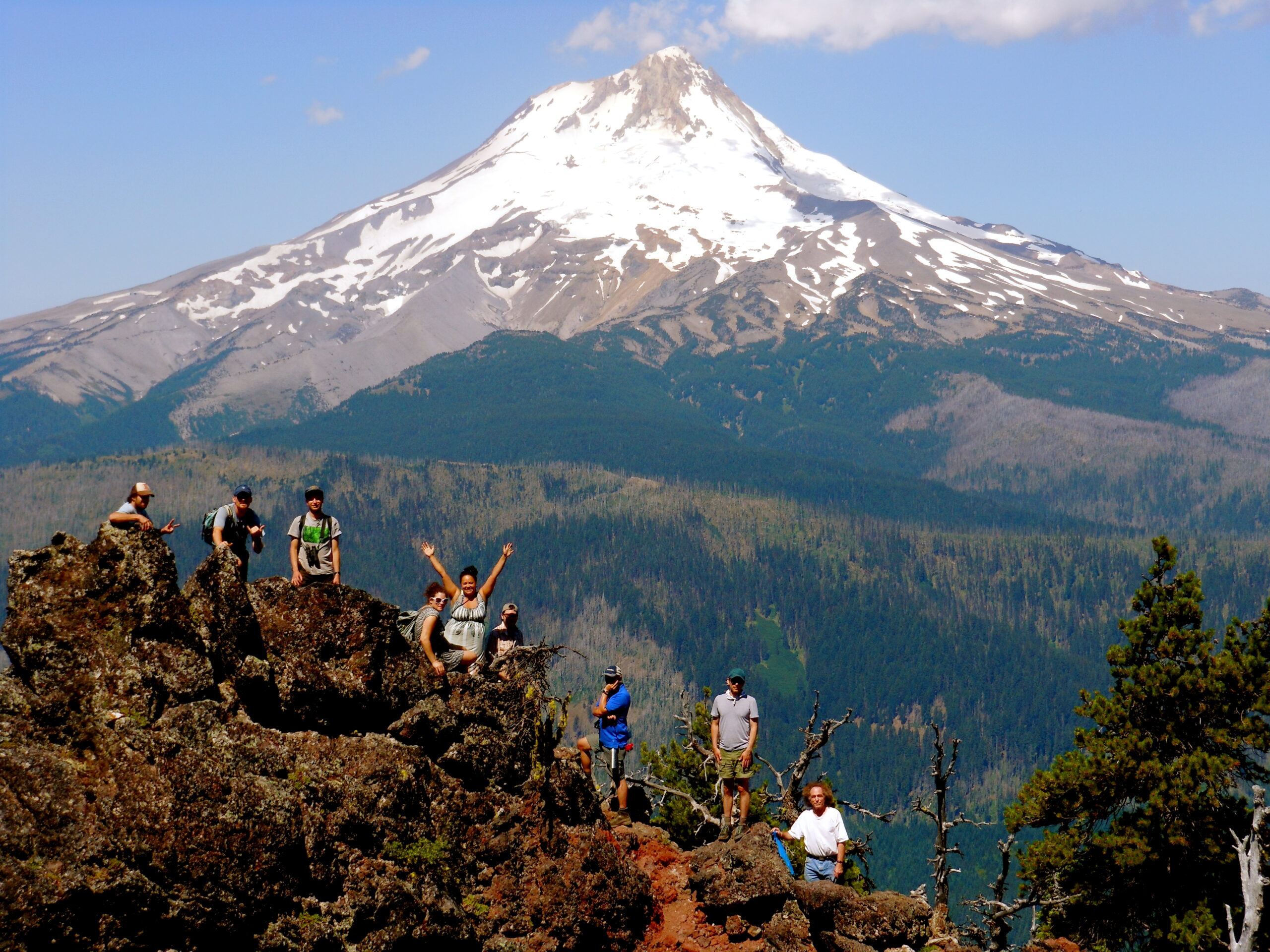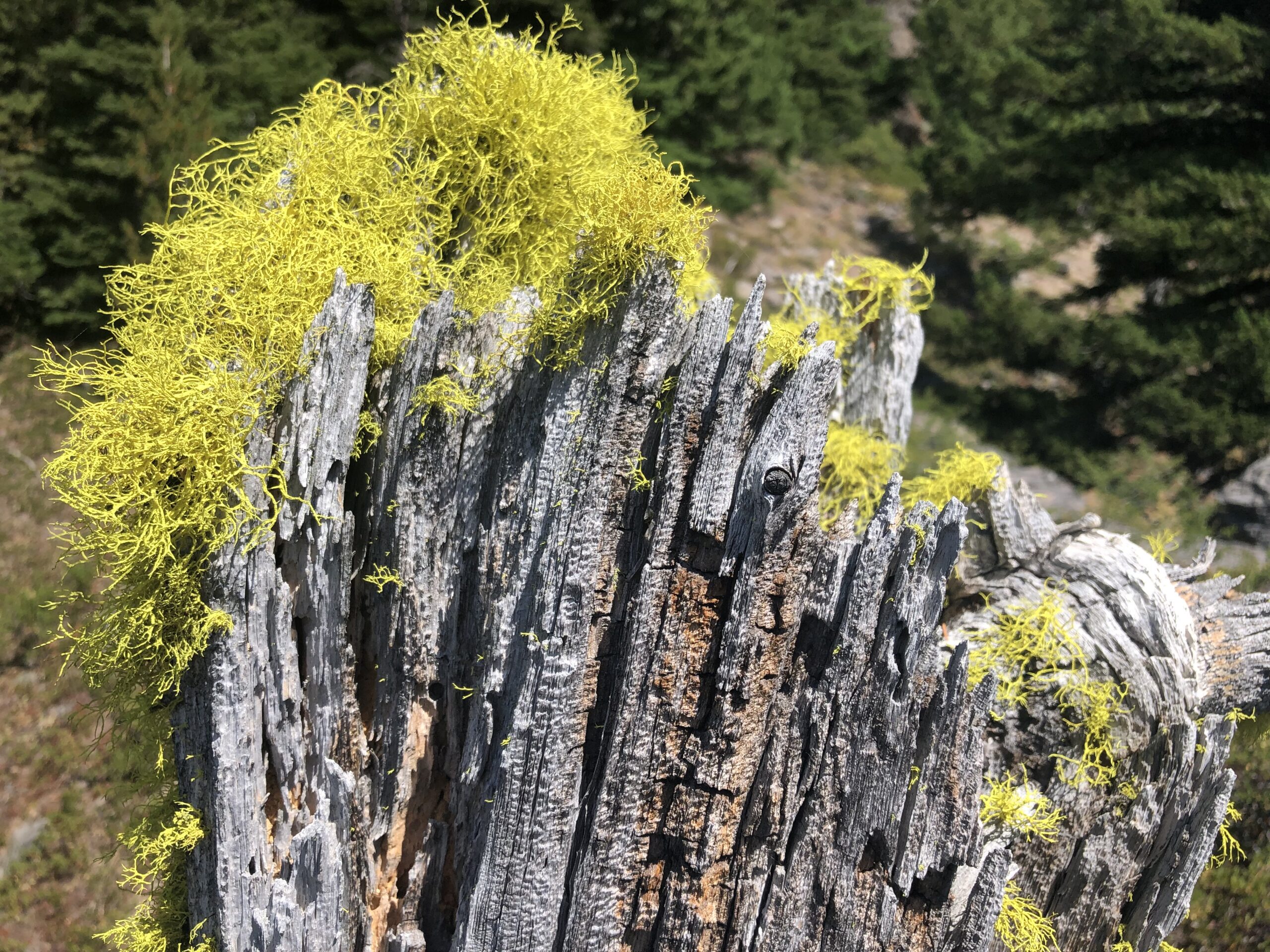Do you value spending time exploring the forest with other people? Do you enjoy or want to learn how to create intentional, engaging learning spaces? Are you enthusiastic about exchanging knowledge and experience across cultural differences?
For over 25 years, Bark has facilitated free, often volunteer-led educational hikes to Mt. Hood National Forest and surrounding public lands. Bark Outs, as they are affectionately called, are one way we hope to provide access to the forest and opportunities for people to learn about and connect with forest ecosystems that surround our communities. We believe it is important to support and strengthen the relationships between the people living in this region and the vibrant ecosystems of Pacific Northwest forests.
Bark can provide you with all the guidance you need to facilitate a fun and meaningful experience in the forest. Before your hike, we’ll provide a training that includes instruction on navigation, emergency preparedness, COVID-19 safety, and the art of crafting an educational, experiential, and welcoming group hike.
Questions? Reach out to us at info@bark-out.org.

